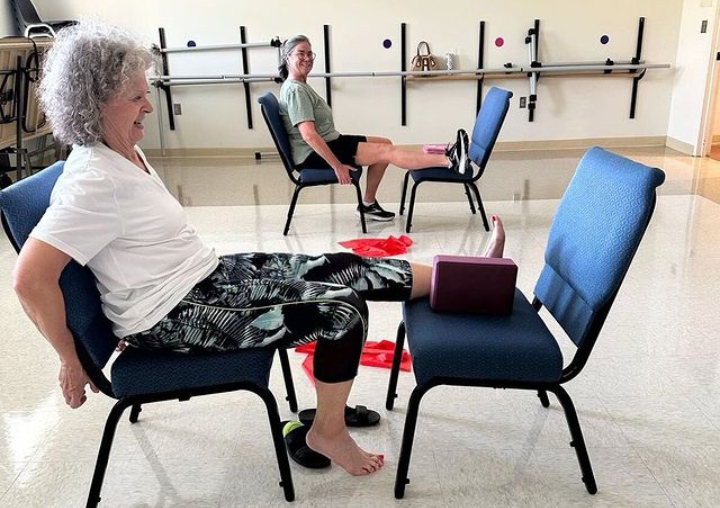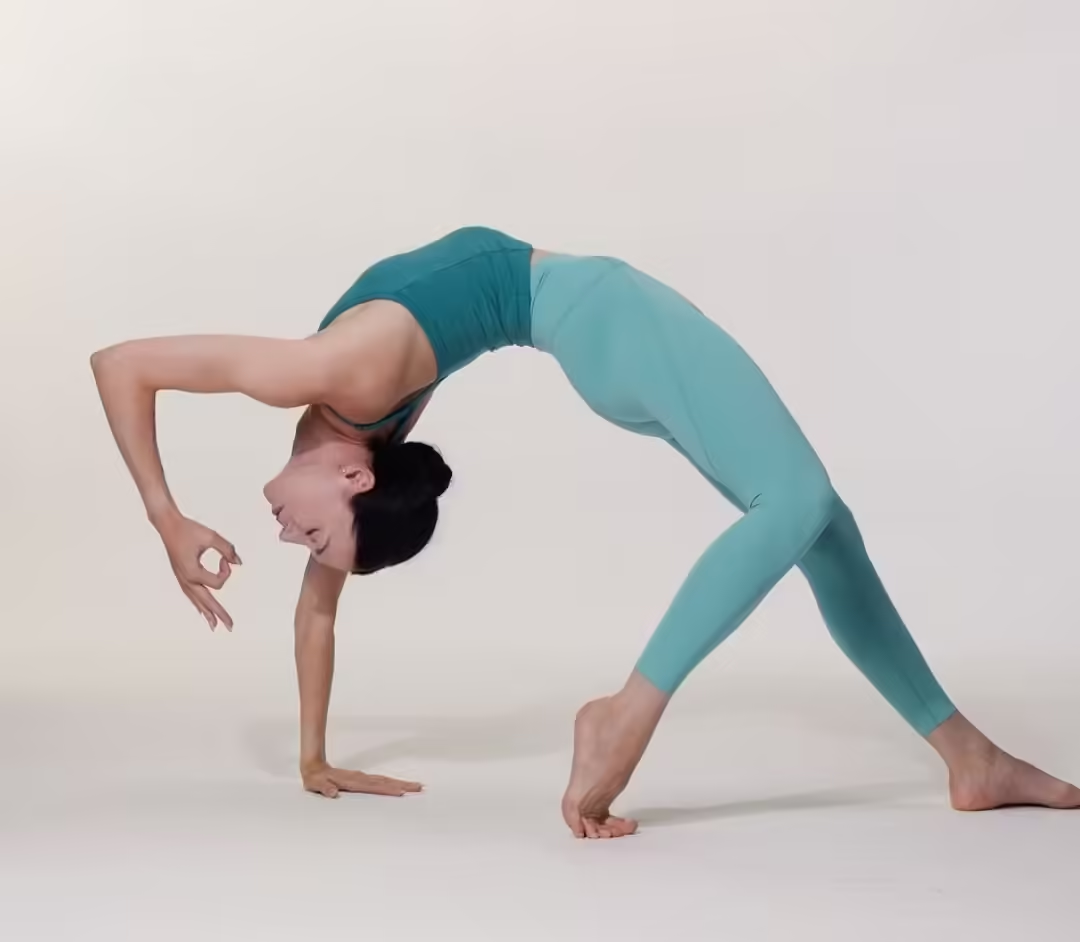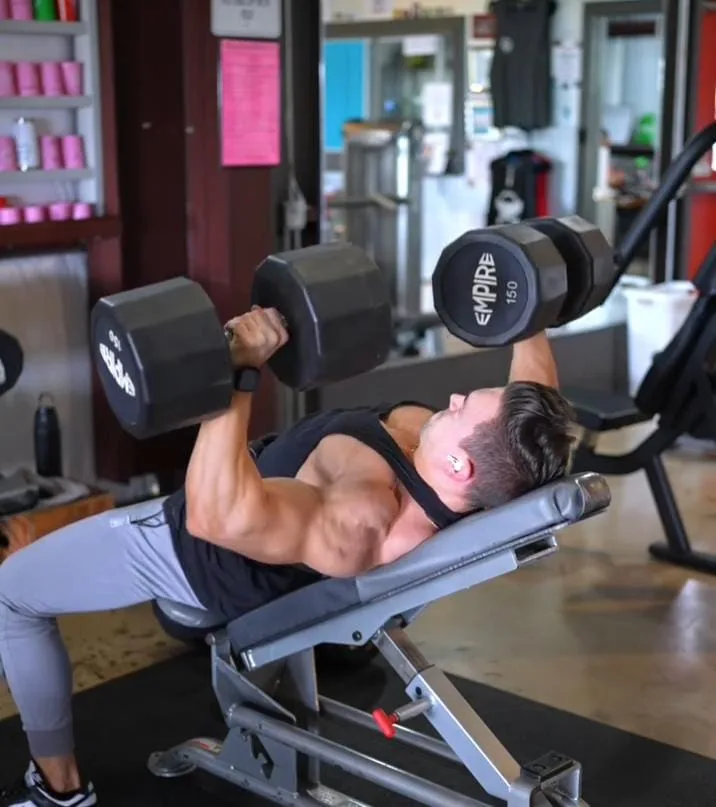This Sanskrit name for this asana, or Setu Bandhasana, is an asana that combines the strengths of both strength and flexibility. These are such types of exercises, which would give flexibility to the spine, back strengthening, and opening of the chest. It can be done dynamically or restoratively, as a strengthener or as a resting pose. That makes this exercise both calming and good for one’s heart health.
Adding the Bridge Pose to one’s routine can bring numerous benefits both physically and mentally, whether one is a novice or advanced yogi. Several advantages of the bridge yoga pose exist that range from relieving lower back pain through acting as a low-impact stretching pose for the treatment of conditions such as osteoporosis and even PCOS. In this article, we look to discuss every aspect of the bridge pose yoga.
What is Bridge Pose?
Setu Bandhasana is “Bridge Pose”. It got this name because one’s body takes the shape of a bridge while doing this asana.One of the positive yoga poses is Bridge Pose, or Setu Bandhasana, which focuses on building your strength in your glutes, lower back, and hamstrings and stretches your chest and hip flexors.
To do this pose: lie on your back with your knees bent at some comfortable distance apart that would support your hips. Ensure your feet are firmly rooted onto the floor. Engage your core, squeeze your glutes, and press your shoulder blades together into the floor as you start to press your hips up toward the ceiling. You can support the pose by interlacing your fingers under your back and pressing your arms into the ground. Hold for a few breaths with chest open, neck relaxed; slowly lower hips to the ground. This strengthens flexibility while massaging your back, relaxing it.
Overview of the Pose:
In bridge pose, one lies on his or her back and lifts the hips up toward the ceiling. The core, glutes, chest, and spine will be activated during this asana. It is generally carried out to improve one’s posture, relieve stress, and prepare the body for various advanced asanas. Setu Bandhasana or bridge pose is a relaxing asana or yoga posture that brings an element of strength and flexibility to the limbs. Support is taken by both feet and one shoulder, while the hips are lifted above the plane of the ceiling.
Engaging the glutes and lower back while opening up the chest and hip flexors, this pose may help improve posture, increase circulation, and work out tension in the back and hips. The main benefit of this practice lies in strengthening the posterior chain, and it’s practiced time and again to stabilize the core. Therefore, it acts as a great addition to various yoga routines.
How to Perform Bridge Pose
- Lie on your back to begin.
- Maintain a bent knee position and place your feet shoulder width apart on the floor.
- Put your hands on your sides with the palms facing down.
- Exhale and raise your hips into the sky.Ascertain that your shoulders, head, and neck stay level with the ground.
- You can use your hands in a couple different ways while maintaining the posture. You can maintain a flat palm position on the ground. You can make the exercise more difficult by interlacing your fingers and pressing your hands against the ground to raise your body slightly.An alternative position is to lie down on your back with your thumbs to the side and your fingers pointed toward your lower back.
- Take a deep breath and remain in that position for a short while. Then exhale as you return your hips to the floor and lower your arms back down to the floor.

Common Mistakes to Avoid:
Make sure your shoulders are not hunched in toward your ears by avoiding scrunching. Keep them pressed into the mat with a relaxed posture.
Neutral Neck: Keep your neck in a neutral position. To avoid tension try not to turn your head or force your chin too firmly against your chest.
Knees and Feet Parallel : Try not to allow your knees spread outward instead keep them parallel to your feet.This stance promotes good posture and lessens the strain on your knees.
Keep Your Balance : Avoid arching your lower back excessively. To raise your hips and prevent putting too much strain on your lumbar spine, contract your glutes and core.
Avoid pushing your hips up too high with a little lift. Use your muscles and concentrate on a controlled lift instead of depending solely on momentum.
Breathe Deeply and Stably : Make sure you keep breathing deeply and steadily, while maintaining the stance. Breathing too forcefully can lead to unneeded stress, and lessen the benefits of the position.
Benefits of Bridge Pose
- Glutes and Lower Back: Increases stability and spinal support by activating, and strengthening the gluteal muscles and lower back.
- Strengthens and stabilizes the abdomen by using the core muscles.
- Chest: Spreads open the chest to offset the effects of prolonged sitting and improve posture.
- Spine: Offers the spine a little stretch that improves flexibility, and releases stress.
- Hip Flexors: This exercise works the hip flexors and is good for people who sit for extended periods of time.
- Improved spinal flexibility results in increased movement and decreased stiffness.
- Better posture and alignment are encouraged by posture exercises, that stretch the chest and strengthen the back.
- Nervous System :Promotes relaxation and lowers tension, by calming the nervous system.
- Mental Focus: Practicing breath-focused meditation, improves mental focus and clarity.
- May Assist in Relieving: Weariness, moderate depression and anxiety symptoms.
- Encourages Digestion : Mild abdominal compression promotes better bowel function and facilitates digestion.

Particularly beneficial for heart health and mental well being is the bridge posture in yoga. Having a happy and healthy mindset is essential to practicing yoga. Children can benefit greatly from yoga. This task enhances children’s ability to focus, understand and recall information.
By enhancing your posture the bridge stance helps lessen osteoporosis-related pain. Osteoporotic fractures are primarily caused by falls, which can be prevented with improved strength and balance.
Lower back strain is effectively released with the bridge stance. You can also adjust this stance to suit any movement, that meets the needs of your spine right now.
Precautions.
- Back Problems: Proceed with caution, when doing Bridge Pose if you have a history of back issues. For individualized guidance always speak with a yoga instructor or medical professional.
- Neck Issues: People who have disorders, or injuries in their necks should refrain from applying excessive pressure to it. Make sure your neck stays neutral for the entire stance.
- See Your Doctor : Before attempting Bridge Pose, pregnant women should consult their doctor. Pregnant ladies may benefit, more from modifications or other poses.
- Avoid Strain: Steer clear of postures that create strain on the injured area if you’ve just undergone surgery or are recuperating from an injury.Consult a medical expert to ascertain safe procedures.
- Use Alternatives: To obtain equivalent advantages with less intensity, try Legs-Up the-Wall Pose (Viparita Karani) or Supported Bridge Pose if Bridge Pose is bothersome.
- Conscious Practice: Pay attention to your body at all times and do not push yourself past Discomfort. Adjust the posture to your desired level of comfort and flexibility.
Bridge Pose Variations

You may also like this: 10 Best Chest Workout With Dumbbells
For fitness post you can visit this.
Frequently Asked Questions
How often should I practice Bridge Pose?
Two or three times a week of Bridge Pose practice can be helpful. For optimal effects, include it into your daily yoga practice.
Can Bridge Pose help with back pain?
Certainly, by strengthening the back muscles and enhancing spinal alignment bridge pose can help reduce back discomfort. For individualized advice, speak with a medical professional or a trained yoga instructor if you are in pain.
Can I do Bridge Pose if I’m a beginner?
Yes, even novices can do Bridge Pose. As you grow more at ease in the pose, start with a shorter hold period and progressively extend it. If you need more support, place objects under your sacrum, such as a yoga block.

Ankush Kumar is a professional content writer and the founder of Healthnick.com. He is a health and wellness enthusiast with a deep interest in nutrition, fitness and holistic living. Harish is committed to delivering research-based insights on various health topics. He enjoys exploring new trends in health, experimenting with nutritious recipes, and staying active.






